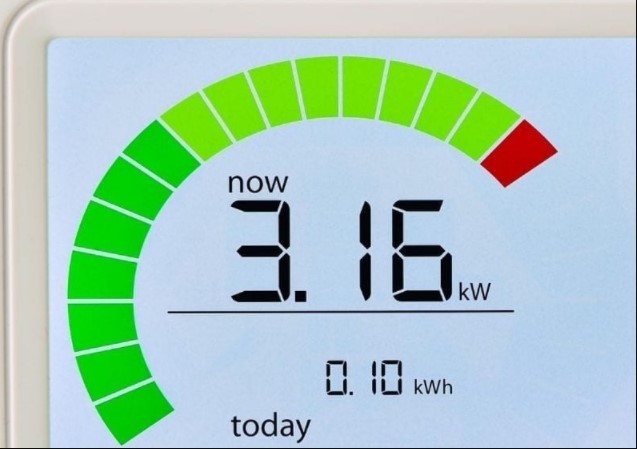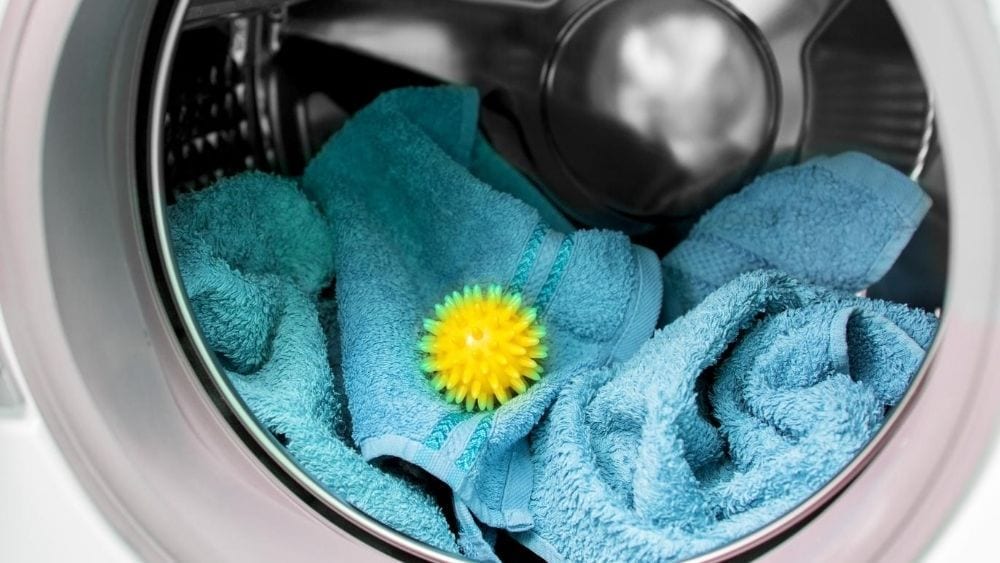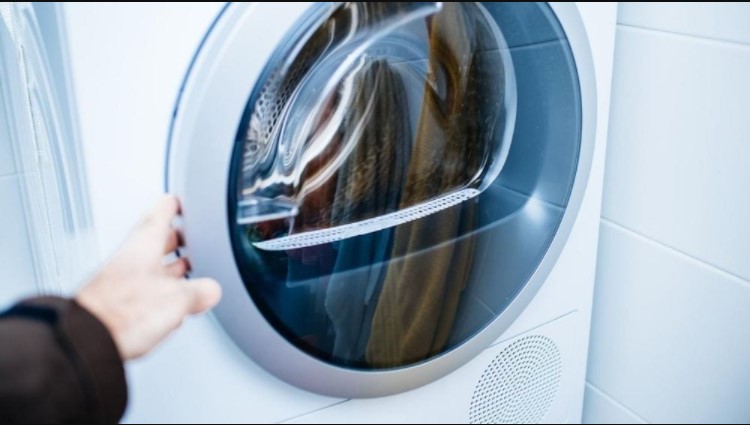When it comes to the energy efficiency of your home, the laundry room is where an enormous amount of energy is required to keep your clothes clean and smelling fresh. Perhaps unbelievably, the average American family does eight to ten loads of laundry per week . That's a lot of water and heat, not to mention the cost and effects of using detergents, fabric softeners, and dryer sheets.
Fortunately, there are simple tricks that can make your laundry a much more energy efficient process. A few adjustments to the process will not only save on your energy bills, but will also save you a lot of time. These 11 tips will get you started.
All utility companies raise prices during peak hours. Find out what the peak hours of your service are, usually it is between 4 and 7 pm And try to avoid doing laundry during that period.
Wash Full Loads in Cold Water:
Waiting until you have full charges reduces the amount of charges you do overall; just be careful not to overfill your washing machine. It also takes much more energy to heat water for a hot or warm load than to run a cold cycle. Try to wash full loads in cold water as much as possible and it will reduce your energy and water consumption as well as your costs.
Change Loads While Dryer Is Still Hot:
When doing multiple loads, try reloading the dryer before it has a chance to cool down; the machine will use much less energy to reheat.
Mix Reusable Drying Balls Every Drying Cycle:
They sure make a lot of noise, but they also help separate your clothes, so they dry faster and therefore use much less energy. These options are best for small to medium loads, leaving enough room for balls to circulate.
Clean Lint Filters After Every Load:
This is one of the most unpleasant parts of the washing process, especially if you are prone to allergies. But cleaning the lint filters (sometimes called lint filters) before or after each load ensures that the dryer runs more efficiently. Dirty lint filters force dryers to work harder to reach a high enough temperature to dry clothes. They are also a fire hazard . It's worth mentioning that your dryer vents and hoses also need to be cleaned of lint and debris, but you can do this every three to six months or so.Use the Fastest Spin Cycle Whenever Possible:
Towards the end of the wash cycle, the spin cycle draws moisture out of the laundry and prepares it for the drying process. The faster the spin, the more moisture is removed and the shorter the drying time. Recent research has found that opting for a faster spin cycle in your washing machine helps the environment by using less energy. (The same research showed that choosing faster spin cycles can also make your clothes last longer.) Ultra-fast spin cycles are ideal for heavier fabrics such as denim, towels, and bedding, but most everyday clothing can also tolerate a fast spin. Just be careful with delicate items.Divide Fast and Slow Dry Clothes:
Thick and rough fabrics, especially those with zippers and buttons, can greatly damage softer clothing, such as blouses and lingerie. Plus, they take much longer to dry, according to experts at the Good Housekeeping Institute . This is because both machines have to work harder to clean and dry the heavier fabrics. Not only will this consume much more energy, it often leaves one part of the load wet and the other too dry. Try dividing your loads by both the weight of the fabrics and the color, and in the end you will use a lot less energy.
Use Clothesline:
Check the Energy Star® label:
Washers with Energy Star® labels use 25 percent less energy and 33 percent less water than standard washers, according to the government-backed organization of the same name . If you're shopping for a new washing machine, keeping an eye on this label can save you up to $ 370 over the life of the product.Buy a Front Loader:
Again, this only applies to homeowners looking for new washers and dryers, but it's good to know that front-end loaders use about two-thirds less water than their top-loading counterparts. If you have a large family and you wash mountains of clothes, that can mean significant savings.Last but not least: resist opening the dryer door:
It's tempting to check the drying progress, but every time you open the door in the middle of the cycle, heat escapes and the machine will have to spend more time reheating to dry the load. So next time you're tempted to take a look, think of all the energy savings you'll be rewarded with if you keep your hands still until you hear the buzzer, indicating that the dryer has reached the end of your cycle.




Comments
Post a Comment